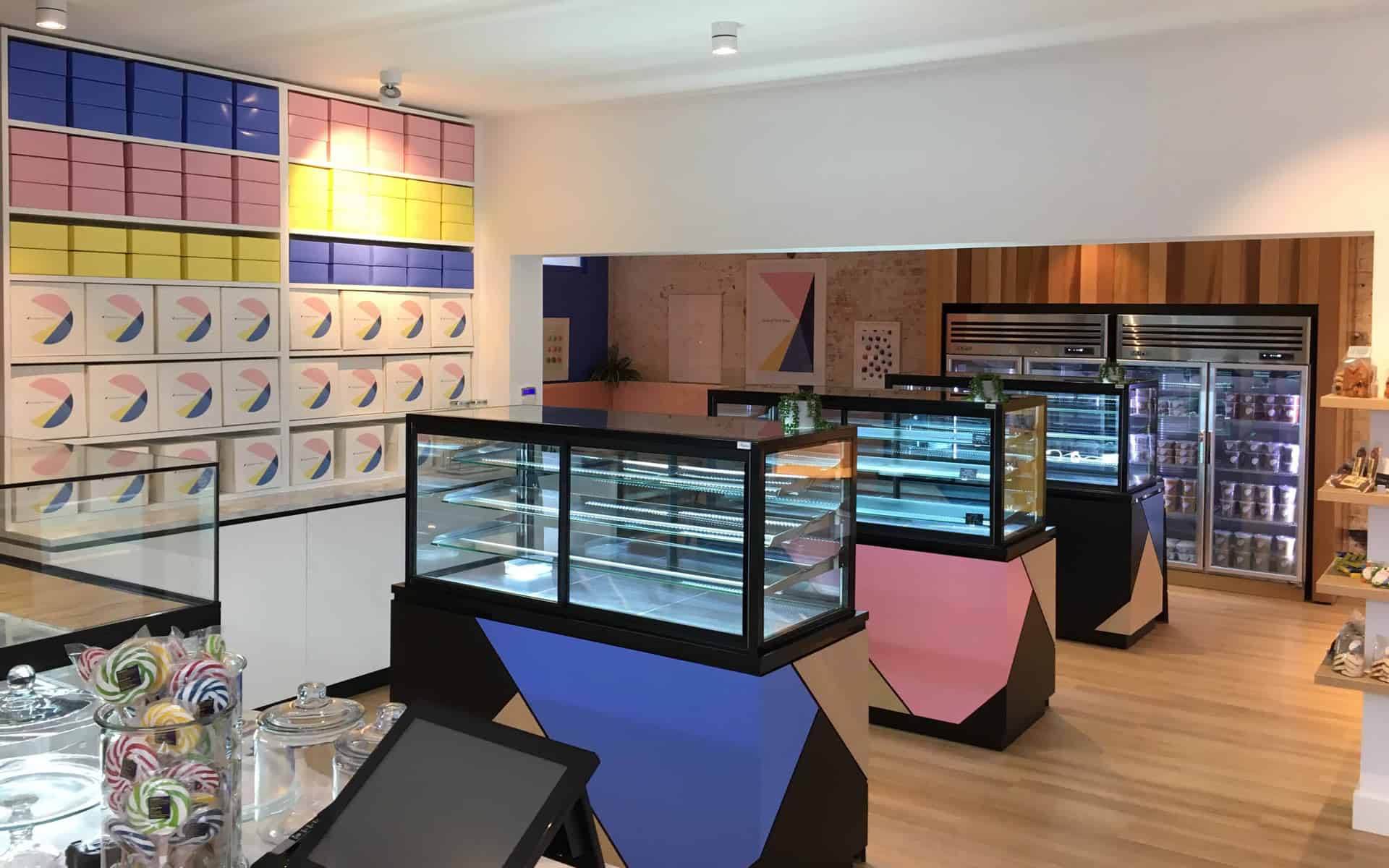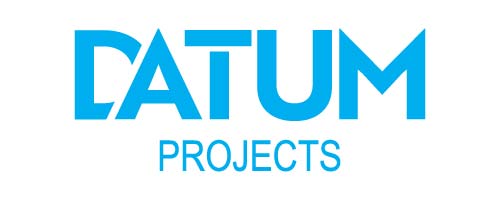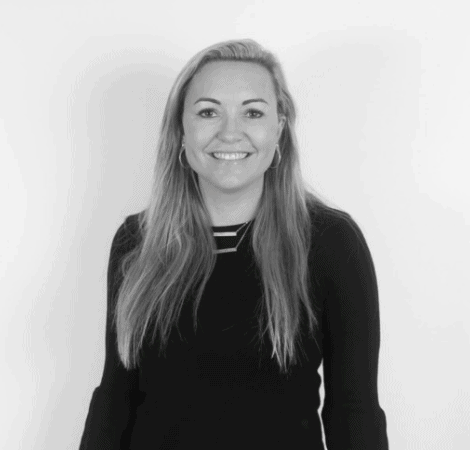
07 Oct Solving problems through design: Q&A with Lizzi Whaley of Spaceworks
We had a chat with Lizzi Whaley, CEO of commercial interior designers Spaceworks Design Group, and asked her about what makes them different, the great work they do, and the work we’ve done together on projects across the country.
Thanks Lizzi for your time. How’d you get into the design space with Spaceworks?
I have a boring CV! I worked with a paint colour company under the leadership of a great architect and some great designers. After a few years there, I got a degree in design and found a huge passion for design early on.
I still get to critique and provide some input into designs while running the teams here at Spaceworks. The fact I can keep my toes in it is brilliant.
What makes Spaceworks so different?
What we try to do differently is talk to our clients like people. Shocker, I know! You’ve got to have a sense of humour and be honest with who you are. When we’re prospecting, we send out a message along the lines of “It’s time for us to date”. Our proposal document has a “prenup” attached to it, and when we finish a job, we send a thank you to our clients with a cheeky note that says “It’s not us, it’s you”. Life and business don’t have to be serious.
So yeah, we’re commercial interior designers, and we work across office, retail, hospo, education, and aged care spaces. But doing great work is par for the course; it’s not about being a good designer. You expect designers to be good at what they do, especially when, like us, you’ve been at it for two decades! Some out there are in it just to win awards; we’re more interested in being disruptive, finding the right clients to work with, and bringing a design to life.
The first thing we do with clients is help them understand the problem they’re trying to solve. More often than not, a reno or move to a new space has them thinking too much about form/design. The reality is that often they want their team to be more productive, and create a better environment for staff retention or acquisition. They really want a space that’s going to be good to work in, and that’ll get clients and customers in the door.
What do you think the next year looks like for design and fit-outs?
This is the first year when I really don’t know what’ll come next for the industry. Recent stuff has been interesting: the government’s putting money in education and community projects, so we’re looking towards those kinds of projects. Some stuff is predictable. Malls tend to get re-done every five years or so, but where brick-and-mortar is going we don’t know. Hopefully America’s Cup steams ahead, since that’ll be a great surge for hospo.
Different markets are always going to bounce, so we like to listen to the general feel of the market, look at what the government’s doing, and see where things go from there. The real indicator seems to be office clients: if they’re still buying furniture, which is a want rather than a need, then it’s usually a good sign that people are less nervous about the economy.
What’s been a highlight for yourselves working with us at Datum?
It’s hard to pick! For size and scope, probably the Spark NZ stores across the country. By the time the Datum team were involved, the designs were mostly nutted out – but since each site has its own intricacies, there was some evolving yet to do. We applied the concept to each site and Datum made it happen.
There are usually a lot of issues with shop fronts, so getting those resolved and getting the best fit-out solutions without compromise is key.
What does excellence mean for your customers?
First of all, that they get the designs that are right for them. That’s what I mean about finding the right fit between clients and designers. What’s exceptional for us isn’t necessarily what’s right for them, so we’re always communicating and making sure that everyone’s informed during the process.
That’s something that the Datum team do well too. Whether it’s for a café or a boardroom, like us, you’re thinking about the solutions and not getting stuck on problems.
The next thing for customers is that we’re responsible with their money and working with them to get a design that’s cool and that meets their budget. So they might give us some direction with blue sky ideas, and once we’ve concepted it and come back with a budget, we can massage things and find out what’s going to work.
Ultimately, though, we want to make sure that people know that they’re going to have a great experience working with us. We’d hate for someone to say that the process was fraught and stressful. We’d far prefer them to say that they’re happy with design, but the process was incredible and that we were transparent the whole way through. And that they’re bloody happy with the results!



